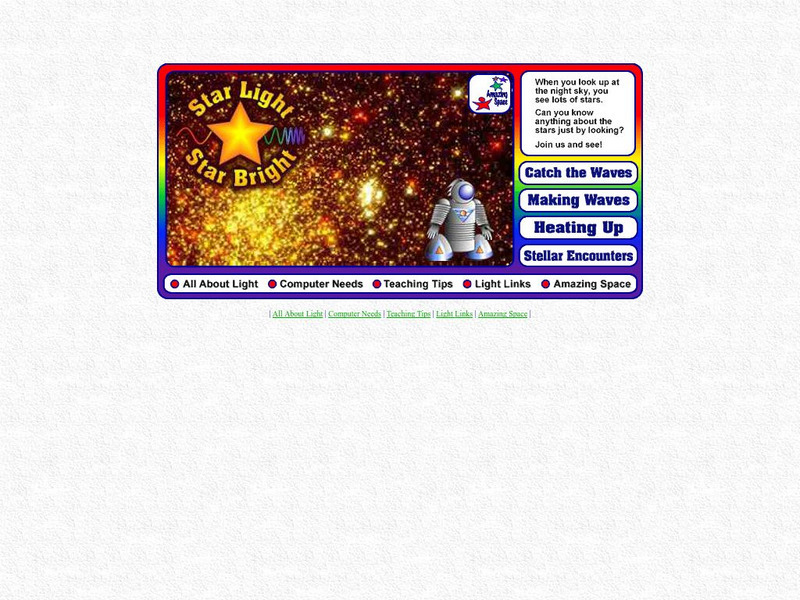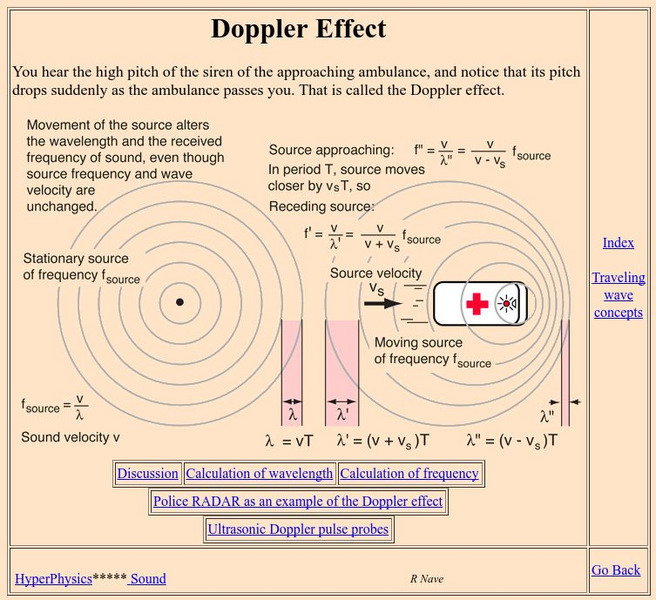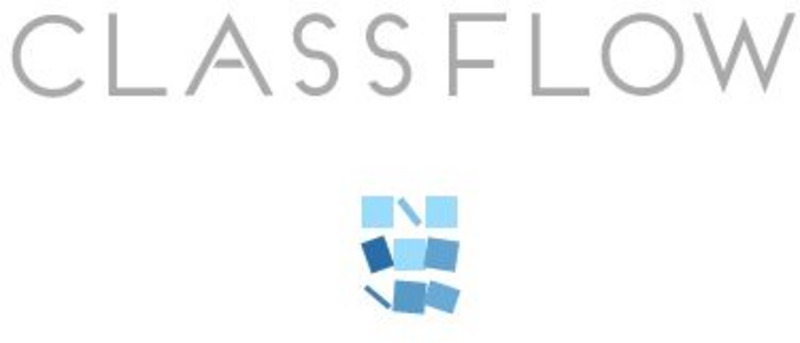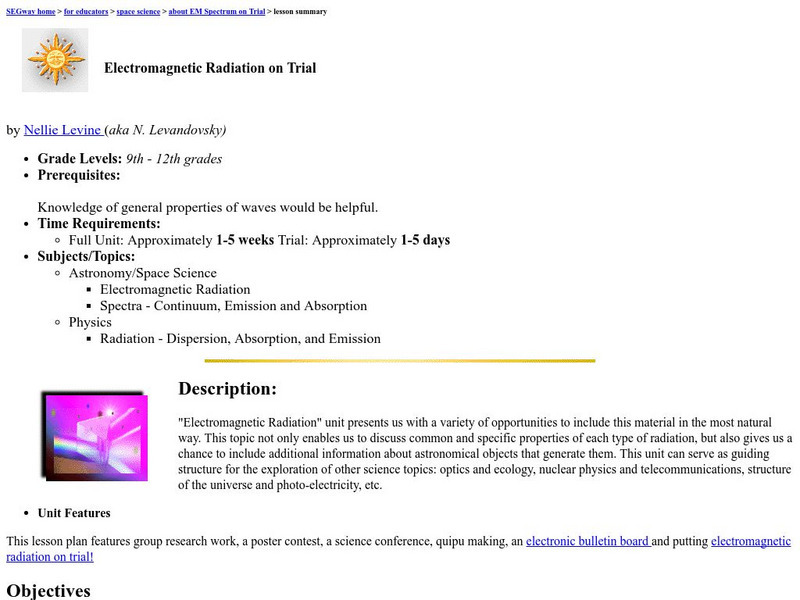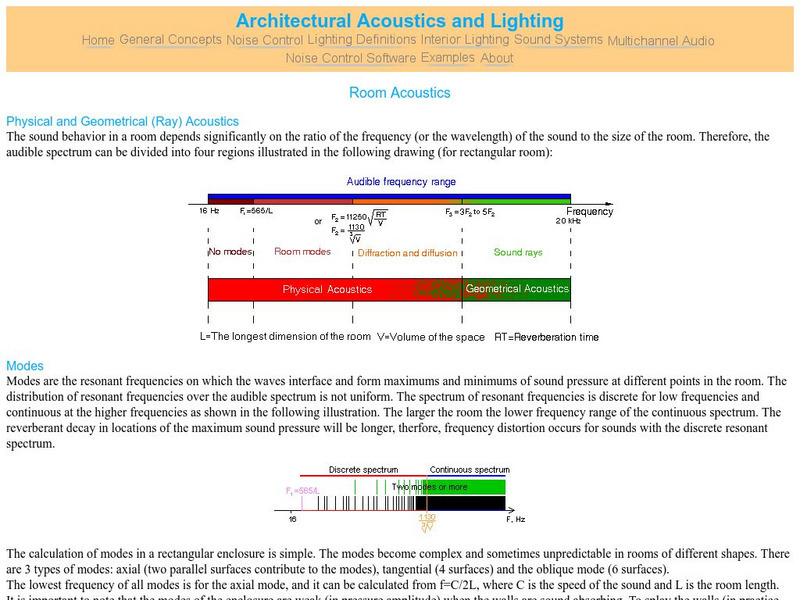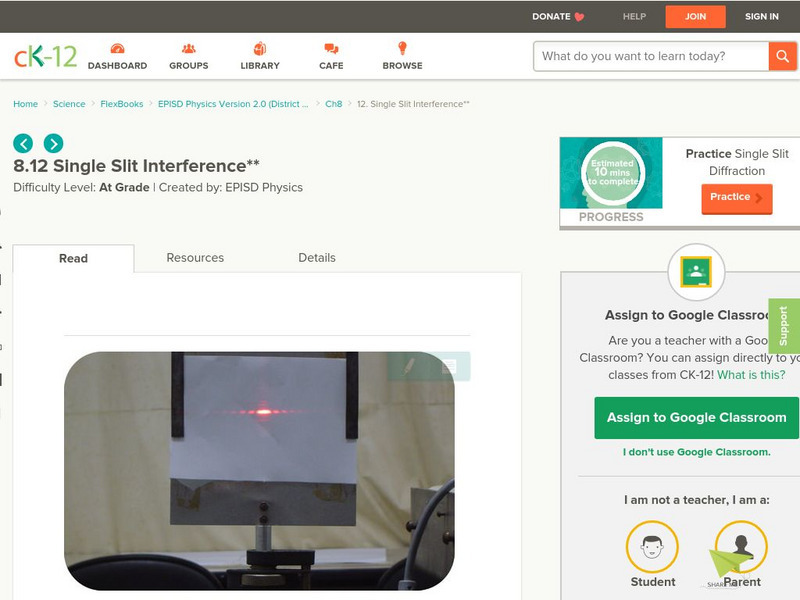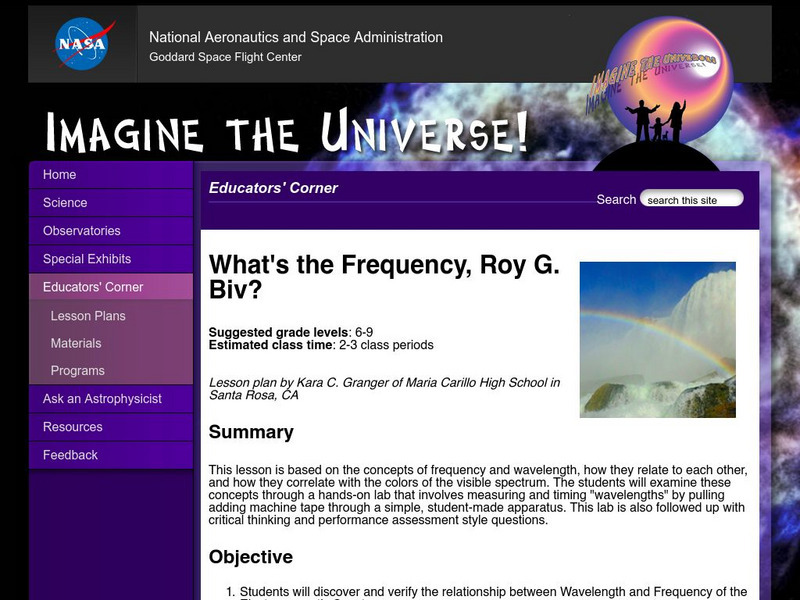Space Telescope Science Institute
Amazing Space: Star Light Star Bright
A few short, interactive activities on light waves can be found on this site. Numerous others links and teacher resources are posted here as well. A good background on light is offered for teachers.
Georgia State University
Georgia State University: Hyper Physics: Doppler Effect
This hypertext physics course page illustrates and explains the Doppler effect. Users perform practice calculations for frequency shifts using the Doppler equation.
Other
Wikibooks: Physics Study Guide
A handy resource that gives an overview of equations and definitions pertinent to an introductory, college-level physics course, with two of its three sections focusing on motion-related topics and principles.
Physics Central
Physics Central: Physics in the Snow: Snowy Colors
A simple experiment through which students observe the connection between color and heat and prove that dark-colored objects and light-colored objects heat at different rates, even when exposed to the same heat or light source.
Curated OER
Cornell University: Electromagnetism and Charge
This site from Cornell University provides a very short, very telling comparison of matter and charge. This is a good site to check out on the subject, with a chart diagram to help with further information.
Concord Consortium
Concord Consortium: Stem Resources: How Loud, How High?
What are ways to describe sound? Using the program downloaded called Sound Grapher and the microphone on the computer, students can investigate the frequency, wavelength, amplitude, and velocity of sound waves. Activity includes detailed...
NASA
Nasa: Tour of the Electromagnetic Spectrum: Visible Light
Visible light waves are the only electromagnetic waves we can see. We see these waves as the colors of the rainbow. Each color has a different wavelength. Red has the longest wavelength and violet has the shortest wavelength. When all...
ClassFlow
Class Flow: Electromagnetic Spectrum
[Free Registration/Login Required] In this Flipchart, students are introduced to the electromagnetic spectrum. Students will learn the names of the types of waves, and the order in which they are arranged. Additionally, students will...
University of Colorado
University of Colorado: Ph Et Interactive Simulations: Blackbody Spectrum
How does the blackbody spectrum of the sun compare to visible light? Learn about the blackbody spectrum of the sun, a light bulb, an oven, and the earth. Adjust the temperature to see the wavelength and intensity of the spectrum change....
Geography 4 kids
Geography4 kids.com: Surf's Up Dude!
"Surf's Up Dude!" features waves of energy. Identify types, structures, and ways to measure waves.
University of California
Center Science Edu.: Electromagnetic Radiation on Trial
Here is a 1-5 day unit on electromagnetic radiation that features a teacher guide and student activities with extensions.
Ducksters
Ducksters: Physics for Kids: Light Spectrum
Kids learn about the science of the light spectrum. Wavelengths and frequencies of the electromagnetic waves including visible light, primary colors, and subtractive colors.
Mocomi & Anibrain Digital Technologies
Mocomi: What Is Sound?
Defines sound, how it travels, the components of a sound wave, the different types, and other fun facts.
Mocomi & Anibrain Digital Technologies
Mocomi: What Is Scattering of Light?
Do you know why the sky is blue? Article defines scattering and how it works. Explains the difference between the scattering of light and reflection or refraction.
Curated OER
Concept Map Particles and Waves
Acting as a subtopic of the General Chemistry Virtual Textbook's section on Atoms and the Periodic Table, this site discusses wavelength and the uncertainty principle. Information is also provided on de Broglie wavelength and electron...
Other
Architectural Acoustics and Lighting: Room Acoustics
This site from Architectural Acoustics and Lighting provides a discussion of various factors affecting the acoustics of a given room. Room dimensions, the wavelength of the sound wave, the physical characteristics of the walls, the...
Physics Aviary
Physics Aviary: Doppler Lab
This lab is designed to have students investigate the changes to wavelength and frequency that occur when the source of the waves is in motion. This video describes the lab: https://youtu.be/eCceYPBR6f4
Physics Classroom
The Physics Classroom: Forced Vibration
This physics tutorial explores forced vibration. Includes links to natural frequency, standing wave patterns and fundamental frequency and harmonics.
Science Education Resource Center at Carleton College
Serc: Quantum Physics: An Introduction
Interactive demonstration provides students with an introduction to Quantum Physics. They will also be introduced to wave/particle duality, Heisenburg Uncertainty Principle, superposition, Schrodinger's cat, and wavefunction.
American Association of Physics Teachers
Com Padre Digital Library: Open Source Physics: Multiple Slit Diffraction Model
Simulation that shows the diffraction of light through single or multiple slits. Simulation allows modification of the number of slits, slit width, slit separation, and the wavelength.
CK-12 Foundation
Ck 12: Single Slit Interference
[Free Registration/Login may be required to access all resource tools.] Explains what causes single slit interference of light and how to find the wavelength of a single slit interference pattern using a formula.
CK-12 Foundation
Ck 12: Double Slit Interference
[Free Registration/Login may be required to access all resource tools.] Explains the terms diffraction, interference, and interference patterns. Describes the double slit experiment and how to determine the wavelength of a double slit...
NASA
Nasa: Imagine the Universe: What's the Frequency, Roy G. Biv
In this very detailed lesson plan from NASA, students investigate wavelength and frequency within the electromagnetic spectrum.
University of California
Uc Berkeley: Radio Spectrum
From a course titled "Structure and Interpretation of Signals and Systems." A discussion of the entire radio spectrum, listing wavelength and frequency values for its various parts. The uses of each region of the radio spectrum is...
